Why I love islands: history and culture
Last updated on October 26th, 2015 at 10:45 pm
I’ll admit it. History and geography weren’t my favorite subjects in school. Memorizing dry, historical facts and trying to make sense of places on a one-dimensional map just didn’t excite me.
When I started traveling, that all changed. I became an avid researcher, interested in and reading about the places I was going and where they were located in relation to other places on the map.
One of my first big trips outside the U.S. was to England, Wales and Scotland. Months ahead of the trip, I researched all the castles and other sights in each area, and planned a self-drive itinerary.
While island destinations, by and large, aren’t going have the same level of historic points of interest as Great Britain, I’ve come to realize that there is a lot to learn about the history of the islands I visit, and the culture of those who live there. Sure, it’s easy to immerse myself in the amenities of the resort, the water sports, and lazing the afternoon away in a hammock, but when I’ve taken some time to explore the island beyond the surface, I’ve always been enriched by the experience.
In Antigua
Don’t miss an opportunity to visit Nelson’s Dockyard, situated on English Harbor on the southeastern coast. During the late eighteenth and early- to mid-nineteenth centuries, the harbor was developed into Britain’s main naval base. From 1784 until 1787, pivotal years in the naval yard’s expansion, Admiral Horatio Nelson served as a young captain in the Caribbean Leeward Islands fleet.
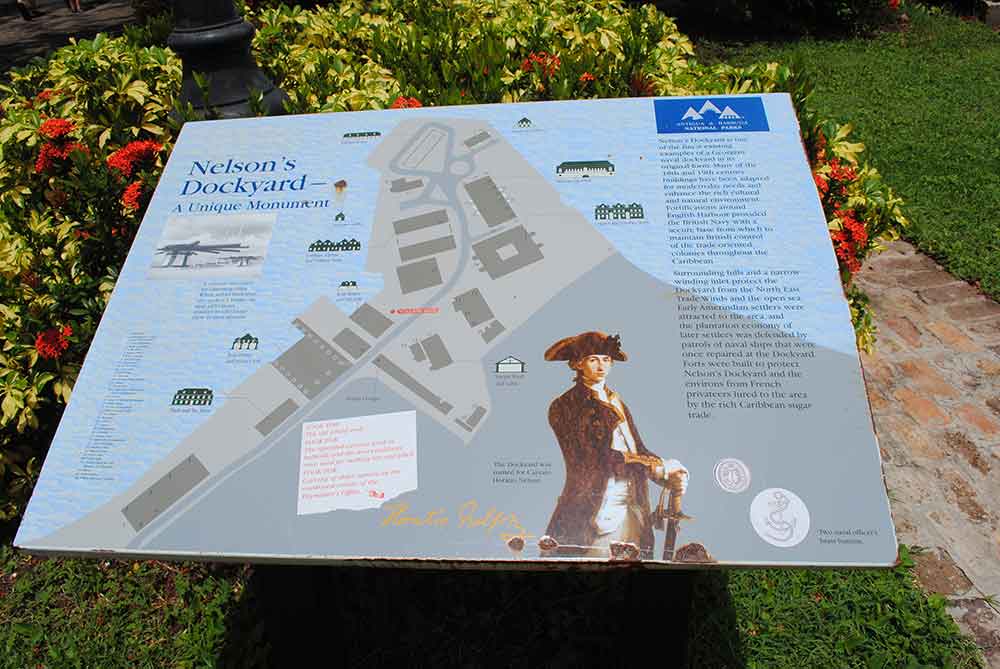
Nelson’s Dockyard has been a national monument and must-see tourist attraction on Antigua since 1961. (©Debbra Dunning Brouillette)
Although the British Navy abandoned the base in 1889, restoration efforts began in 1951. A decade later, it reopened as part of a national park and was named Nelson’s Dockyard. Today, history comes to life as visitors tour its restored buildings, museum, gift shops, restaurants and hotel.
Portions of Nelson’s Dockyard can be seen from this view, photographed from Shirley Heights, a restored military lookout overlooking English and Falmouth Harbors.
(Read more about Antigua on the Antigua Destination page.)
In St. Kitts
Brimstone Hill Fortress, a UNESCO World Heritage site, is known as one of the best preserved historical fortifications in the Americas. It was constructed over a period of a hundred years, between the 1690s and 1790s. St. Kitts was the largest producer of sugar in the world at that time, making it attractive turf to both the British and French.
Brimstone Hill Fortress was the site of many of these battles, but the signing of the Treaty of Versailles in 1783 ended it all, granting ownership of St. Christopher (its proper name, now shortened to St. Kitts) to the British, making it the first English colony in the Caribbean.
Another historic site on St. Kitts: Romney Manor with its glorious grounds, filled with tropical botanicals and a 400-year-old saman tree, its huge branches spreading out to cover half an acre. Sam Jefferson II, the great-great-great-grandfather of Thomas Jefferson, is among the prior owners of the manor house. The Caribelle Batik factory is also located on the grounds.
In Nevis
Museums dedicated to Alexander Hamilton and Horatio Nelson are must-sees. Many are unaware that Hamilton, one of America’s founding fathers and 1st U.S. Secretary of the Treasury, was born on Nevis in 1757 and lived there until the age of nine. His birthplace is now a museum, located in Charlestown, the capital of Nevis.
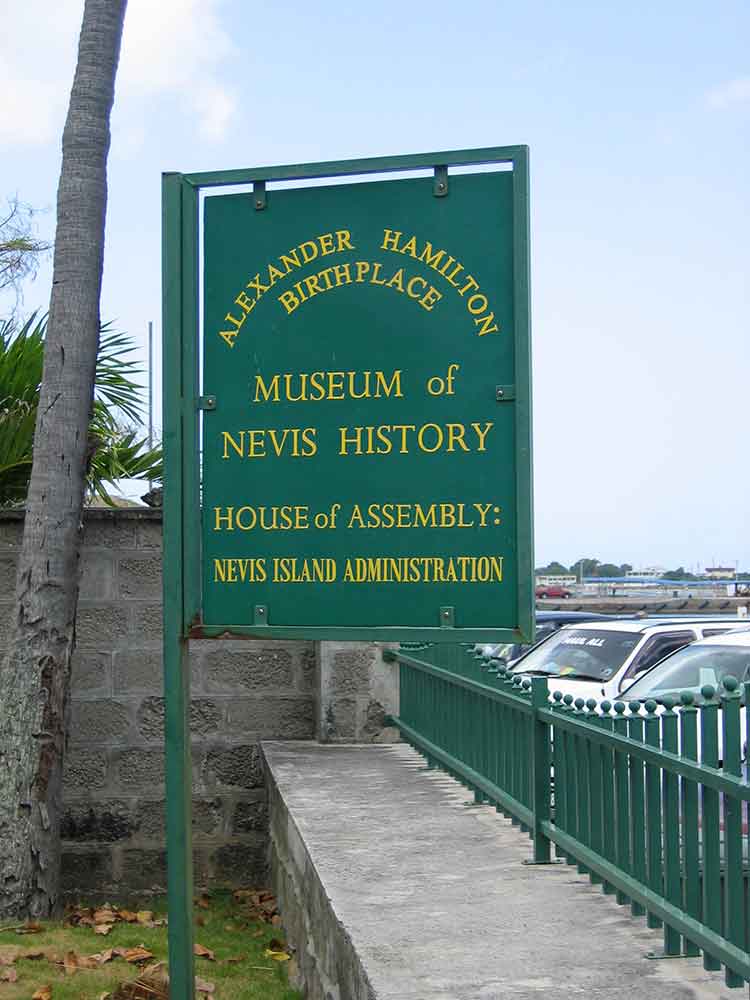
The Museum of Nevis History is located in Charlestown, near the waterfront. (©Debbra Dunning Brouillette)
The Lord Horatio Nelson Museum (not pictured), located at Belle Vue, next to Government House, is said to house the largest collection of Horatio Nelson memorabilia in the Western Hemisphere. The most famous wedding ever to take place on Nevis was when Horatio Nelson wed Fanny Nisbet, a widow he met at a dinner party on Nevis, in 1787.
In Dominica
Learn about the native Carib people by visiting the Kalinago Territory, which includes the Kalinago Barana Aute and the Touna Kalinago Heritage Village on the northeastern coast. Although Carib Indians were once found on most Caribbean islands, Dominica is the only one that still has a territory set aside for them. Over 3,700 acres of communal land are inhabited by approximately 3,000 of the island’s indigenous people.
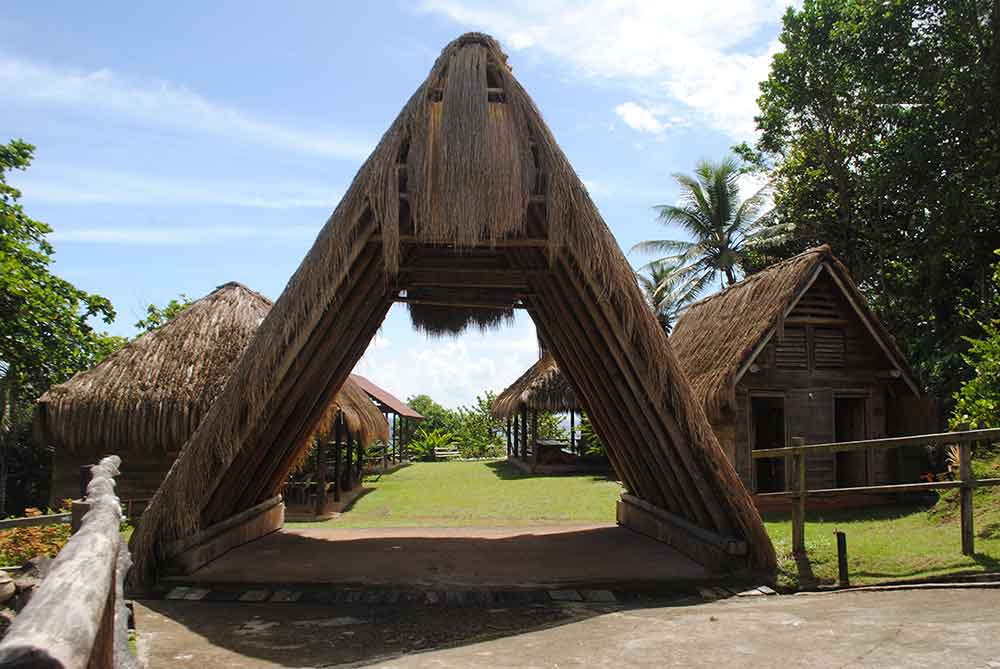
Entrance to the Kalinago Barana Aute and the Touna Kalinago Heritage Village, Dominica (©Debbra Dunning Brouillette)
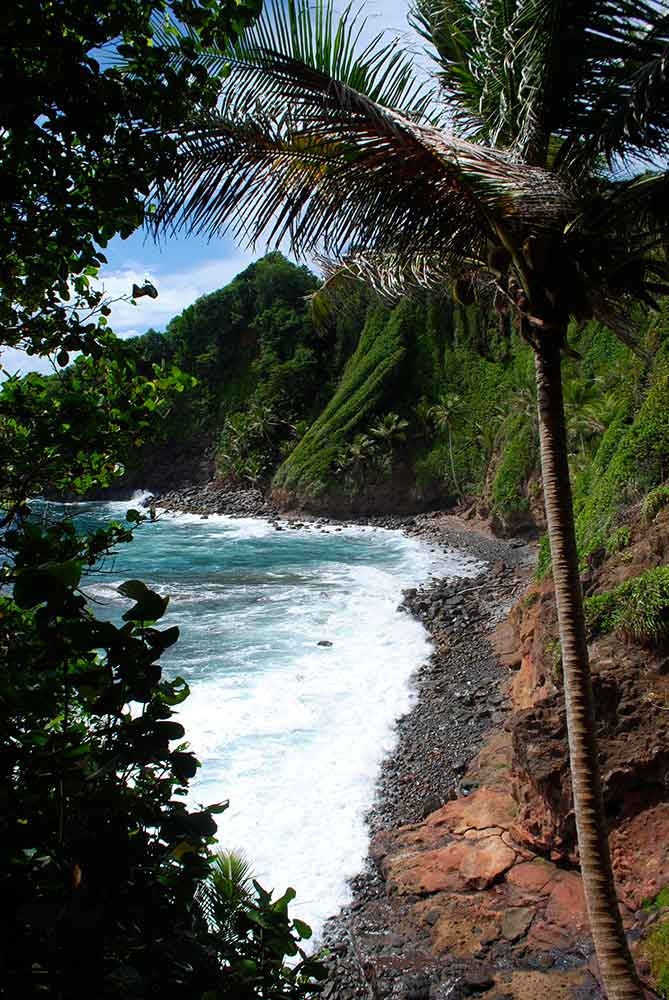
One of several spectacular beaches viewed from the Kalinago Heritage Village, Dominica. (©Debbra Dunning Brouillette)
Fort Shirley, a British garrison for 600 soldiers dating back to the 18th century is another historic site on Dominica, located near Portsmouth, Dominica’s second largest town, overlooking Prince Rupert Bay.
(Read more about Dominica on the Dominica Destination page.)
In St. Croix
Visit Fort Christiansvaern in the capital city of Christiansted. Constructed circa 1749, it is now a national historic site, the best preserved of the five remaining Danish-built forts in the Virgin Islands. Although Danish soldiers were stationed there until 1878, the fort’s cannons and guns were never fired in an armed conflict.
(Read more about the U.S. Virgin Islands on its Destination page.)
In Anguilla
Seek out the Big Spring Heritage Site, an important archaeological site where more than 60 rock carvings or petroglyphs have been identified, including representations of eyes and faces. Big Spring was used by indigenous peoples between A.D. 600 and 1500 as a source of fresh water and for ceremonial purposes.
The small Heritage Collection Museum on the island’s East End is chock-full of Anguilla’s history. Stop by to learn about Anguilla’s first inhabitants, the Arawaks, the sugar industry, its boat building and sailing heritage, and a whole room dedicated to the 1967 revolt, when Anguillians rebelled against being included in an alliance with St. Kitts and Nevis, preferring instead to remain a British territory.
(Read more about Anguilla on the Anguilla Destination page.)
Cultural experiences also help me to connect more closely with the people I meet. That can include something as simple as visiting a local outdoor market where I may strike up a conversation about unfamiliar fruits and vegetables, or taking a rainforest walk with local guides who identify the plants, flowers and trees, then share ways they were used by their ancestors for medicinal purposes.
Seize opportunities to learn about the culture of the island you’re visiting, whether through a cooking class, a lesson in lei-making, weaving baskets from palm fronds, or learning a native dance.
In Mexico
The Mayan ruins at Tulum and Cobá (near Cancun and the Riviera Maya region) are fascinating and shouldn’t be missed. The must-see sight at Cobá is its Nohoch Mul pyramid, the highest in the Yucatan peninsula at 138 feet. Those who climb the 120 steps to its top are rewarded with panoramic views of the dense jungle. Tulum, built as a fortress on cliffs high above the Caribbean Sea, was a major seaport during the Post-Classic period of Mayan civilization (1000-1550 A.D.). It was abandoned in the early 16th century at the time of the Spanish conquest.
(Read more about Riviera Maya, Mexico on the Destination page.)
In Fiji
Many resorts arrange for local villagers to entertain guests one night during the week with a meke performance, a traditional dance incorporating singing, chanting, clapping and the steady beat of the lali drum. The dancers, dressed in traditional costumes, perform with fans and sticks depicting stories of every day life or historical battles won. The sweet voices of the women and children left me inspired and changed. At the end, many of us were taken by hand to dance with them and become part of the meke.
(Read more about Fiji on the Fiji Islands Destination page.)
In St. Thomas
Bolongo Bay Resort’s beach bar, Iggies, holds its popular Carnival Night on Wednesdays, featuring an all-you-can-eat West Indian buffet, live Calypso music, Mocko Jumbie stilt dancers and a limbo show. It’s like a mini-Carnival celebration!
Carnivals in the islands, like Mardi Gras in New Orleans, are usually week-long festivals that vary from island to island. If you are up for lots of music, dancing in the streets, parades, costumes and cultural exhibitions, you may want to time your visit to coincide with all or part of one of them. Trinidad and Tobago’s Carnival is the largest in the Caribbean, attracting 100,000 revelers, nearly a quarter of them from the U.S.
(Read more about the U.S. Virgin Islands on its Destination page.)
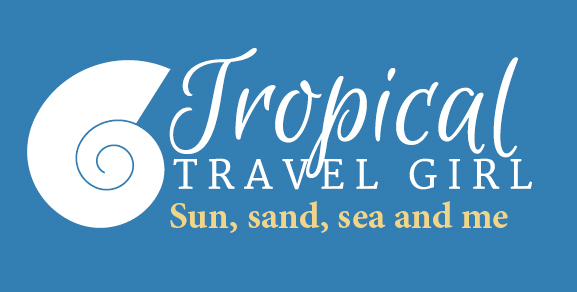

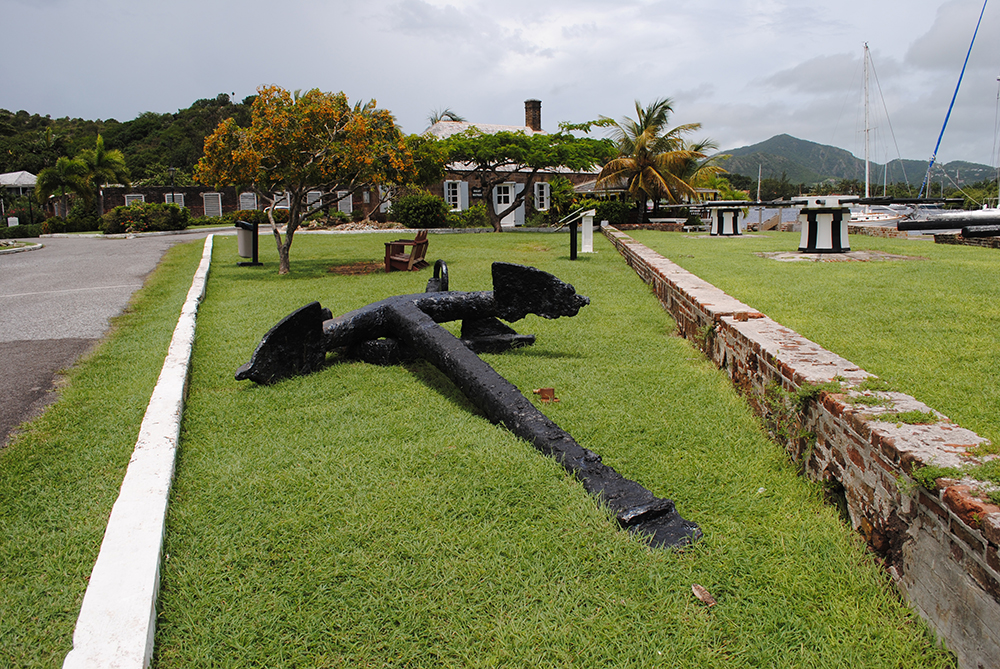
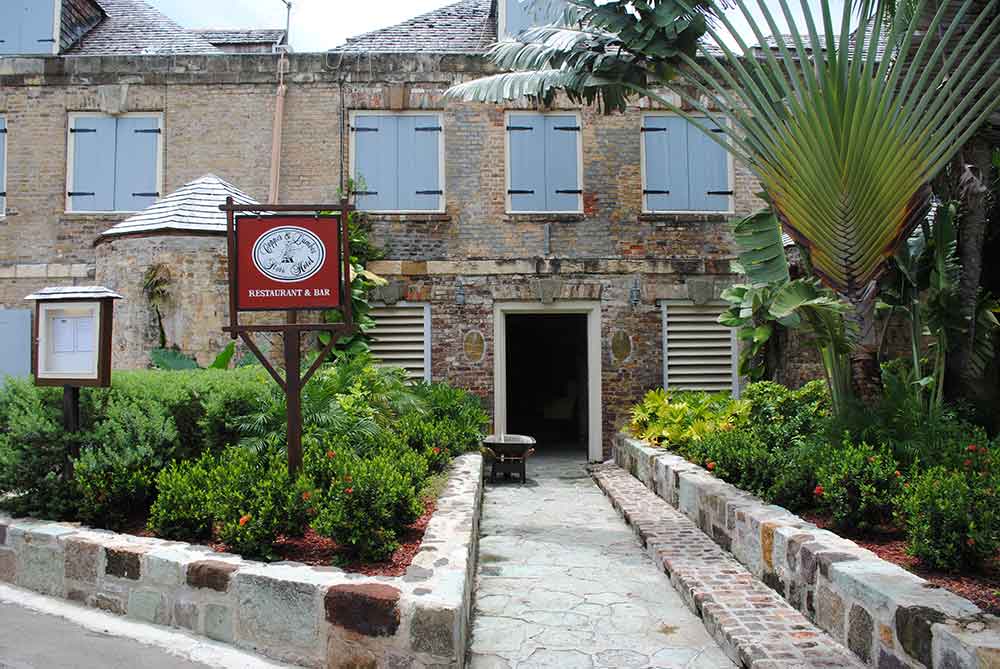
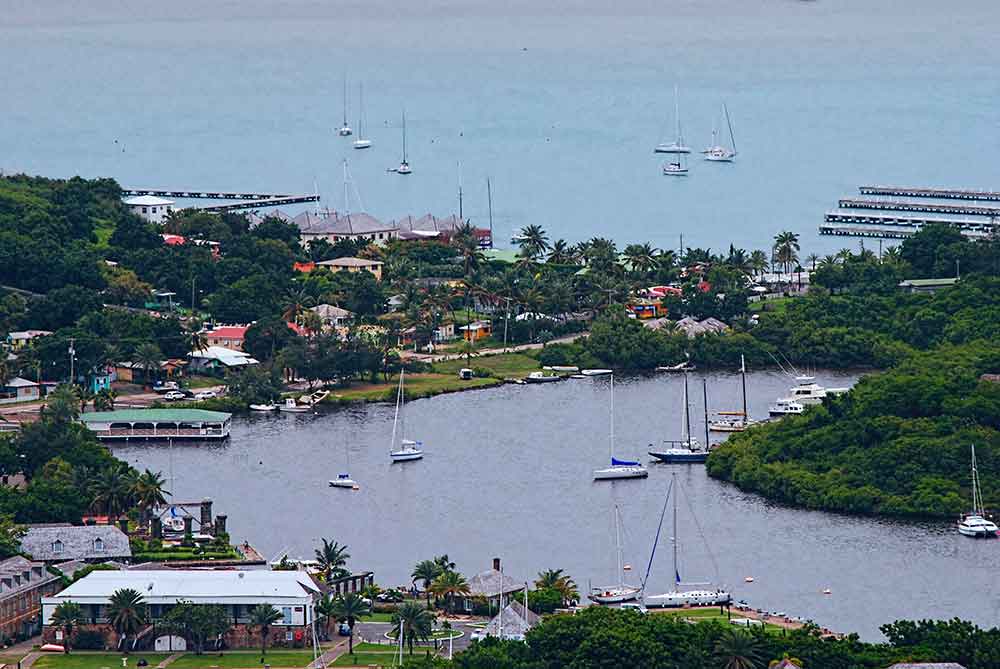
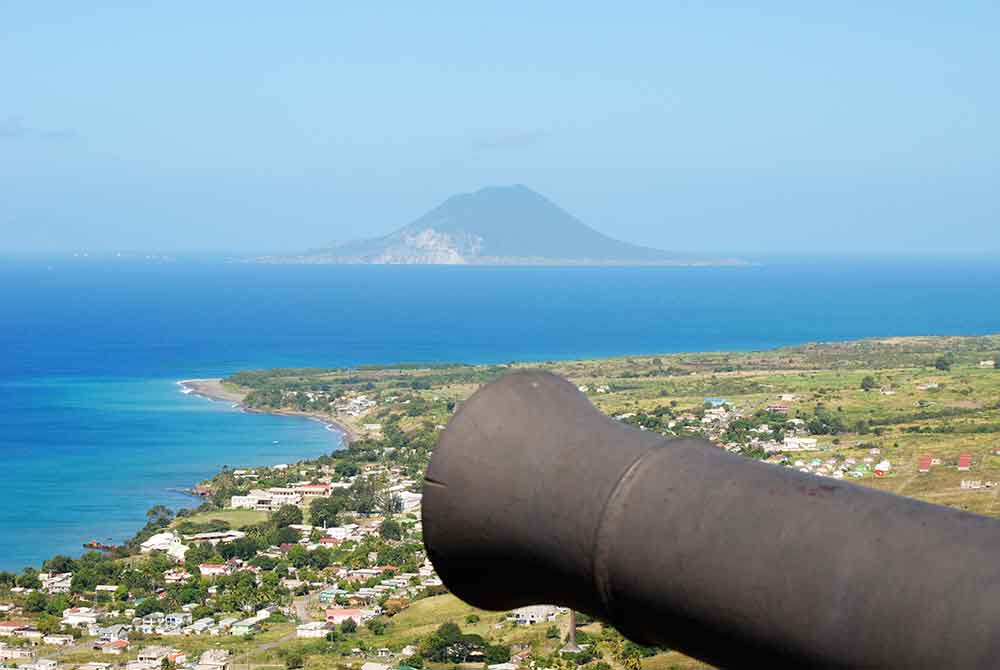
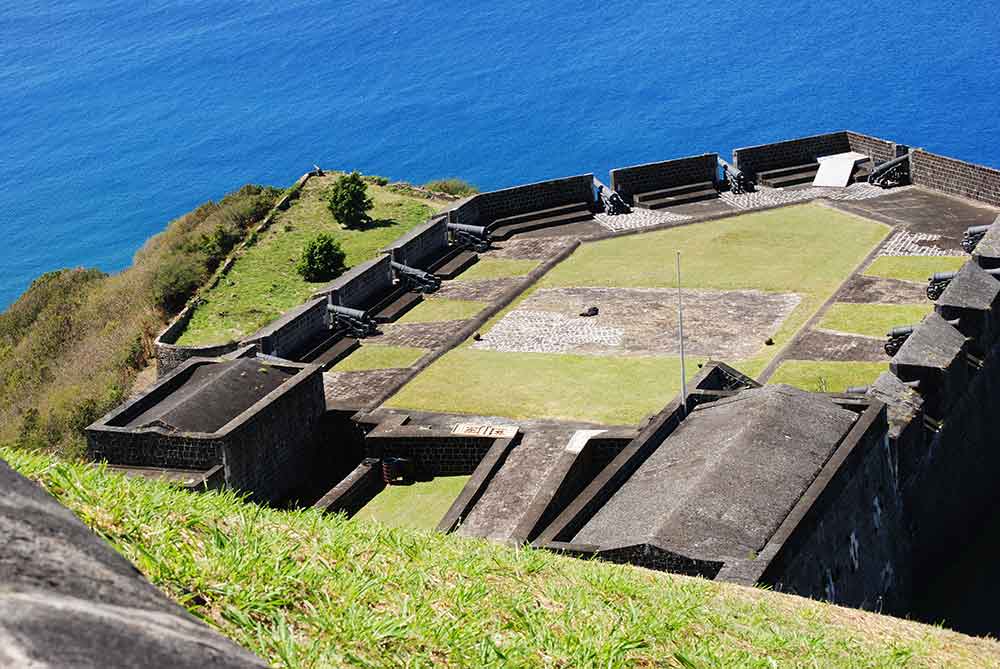
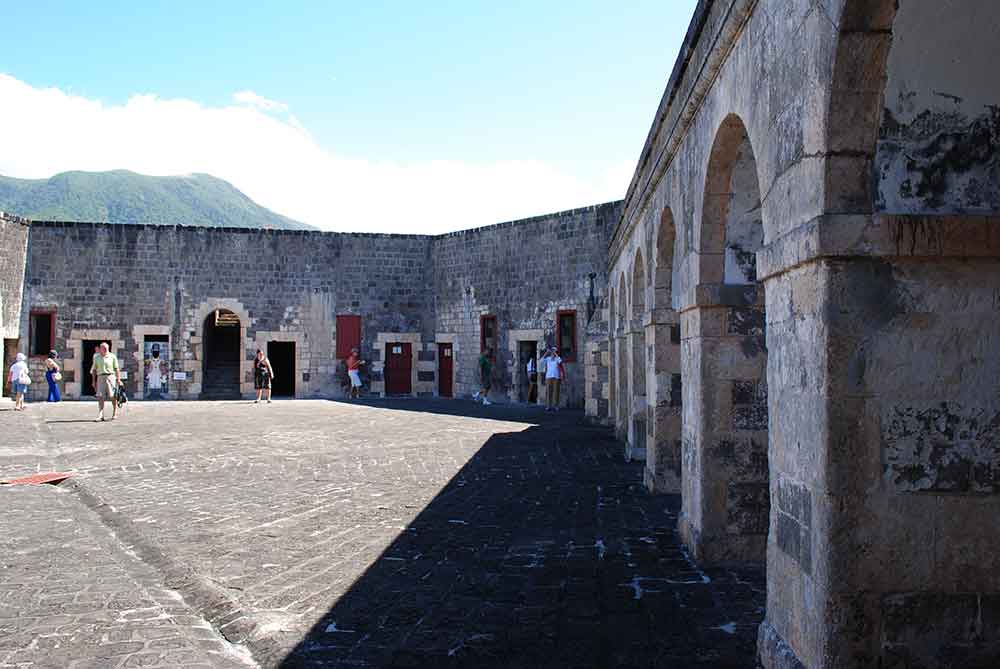
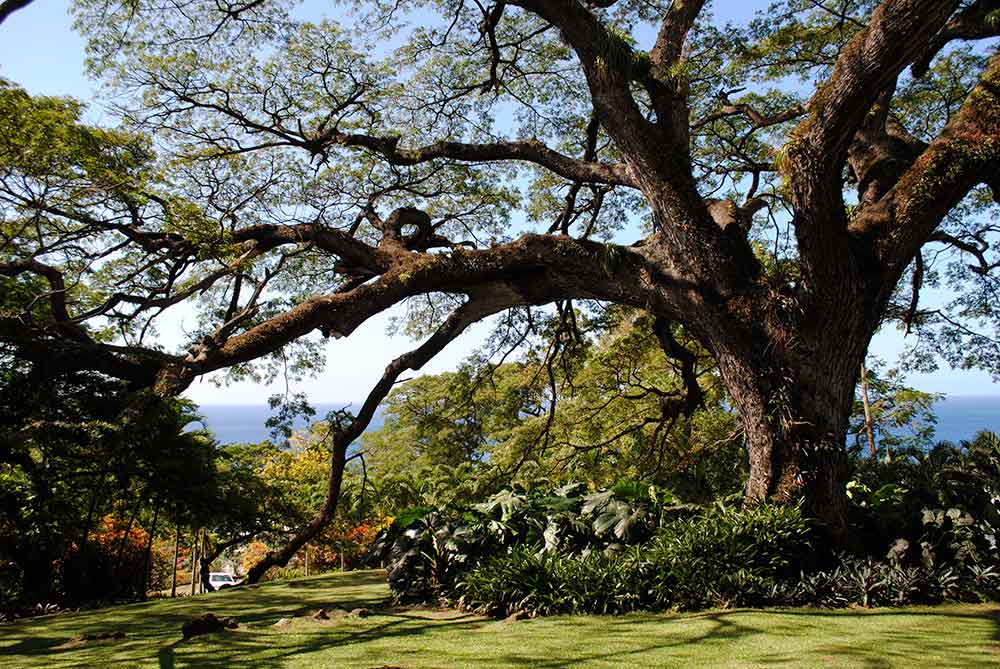
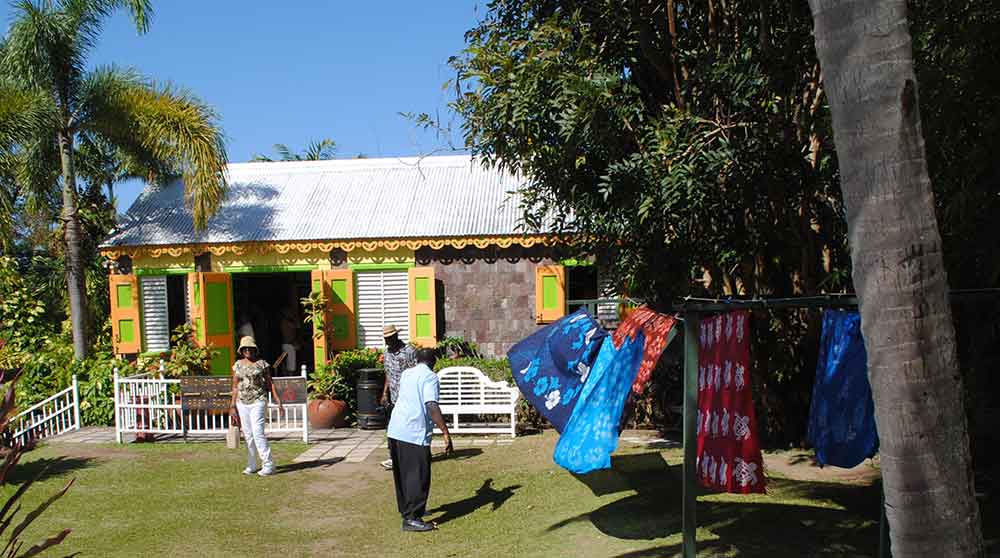
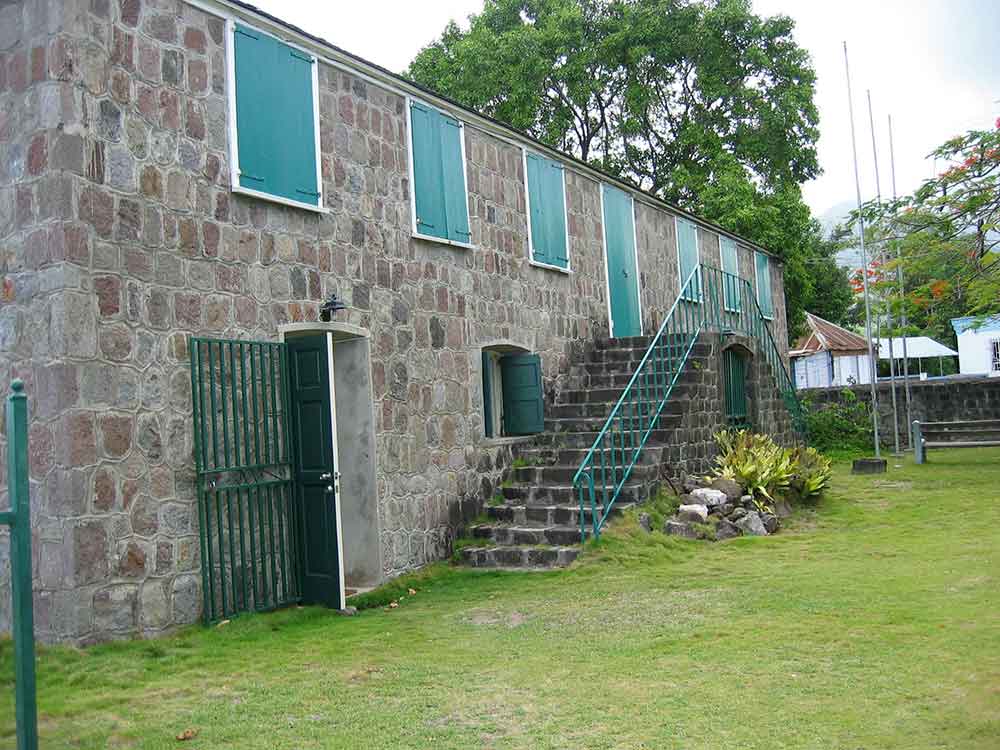
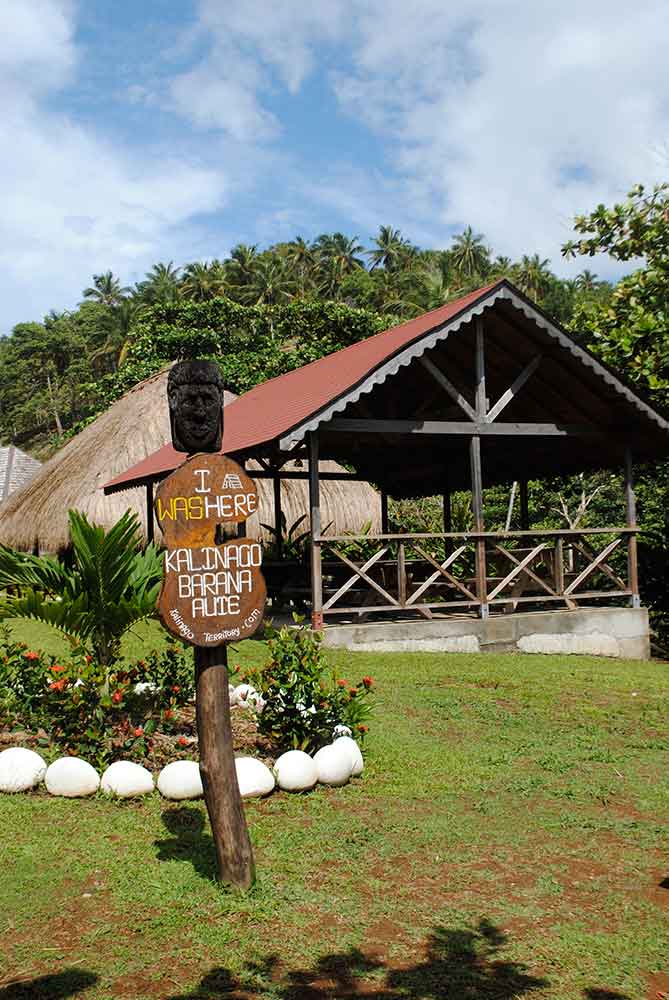
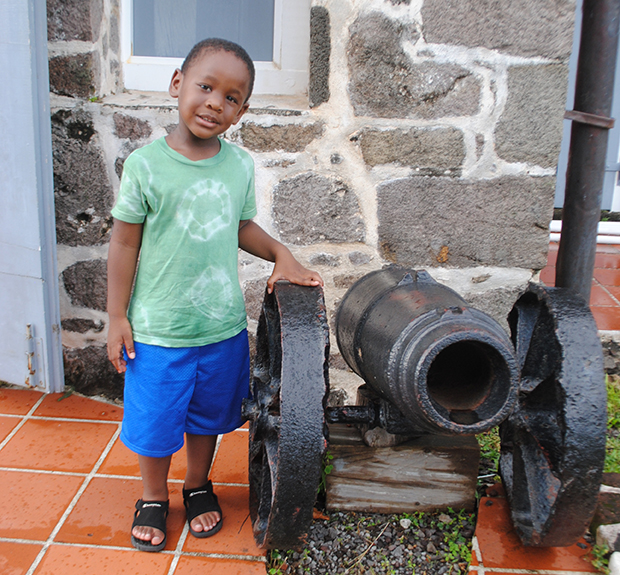
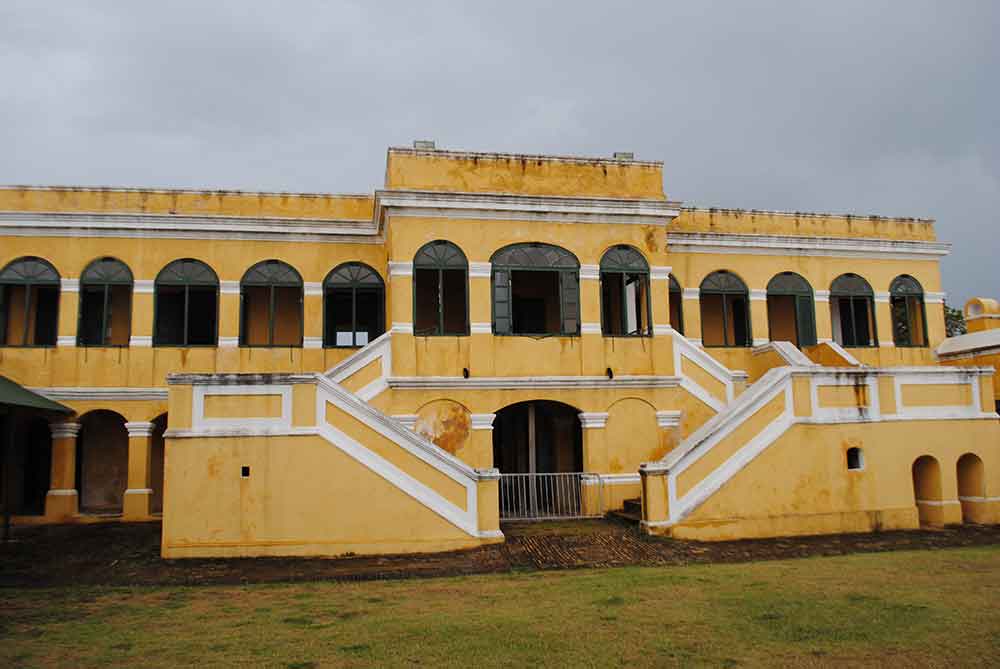
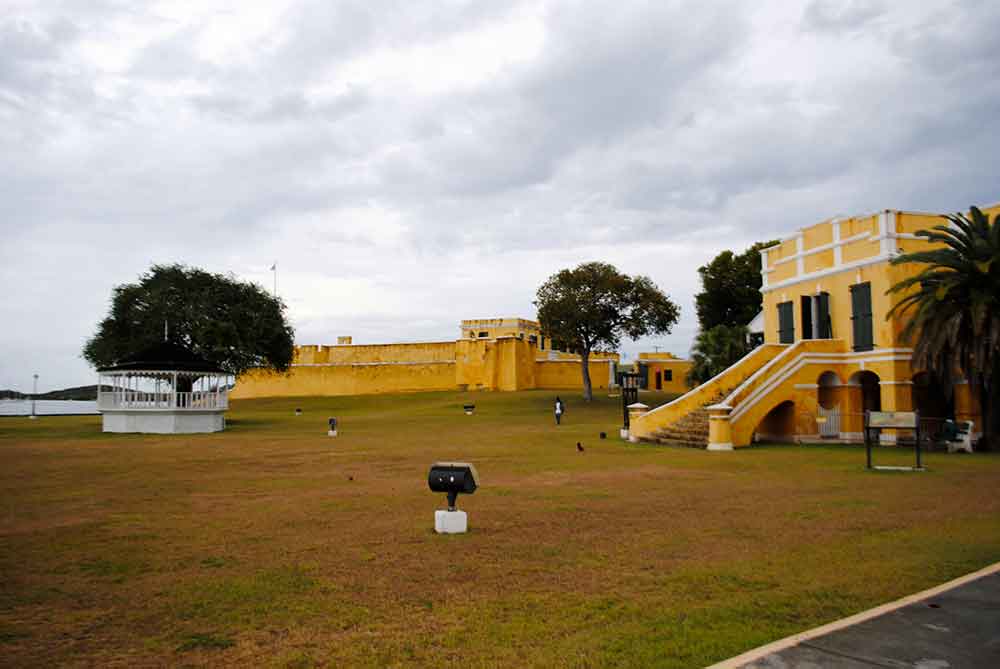
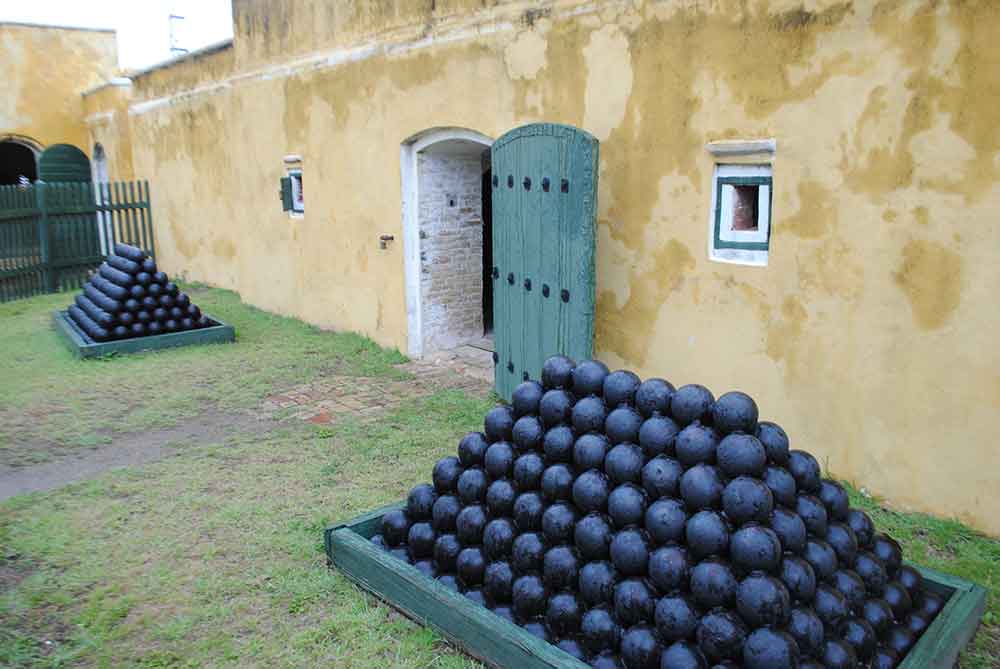
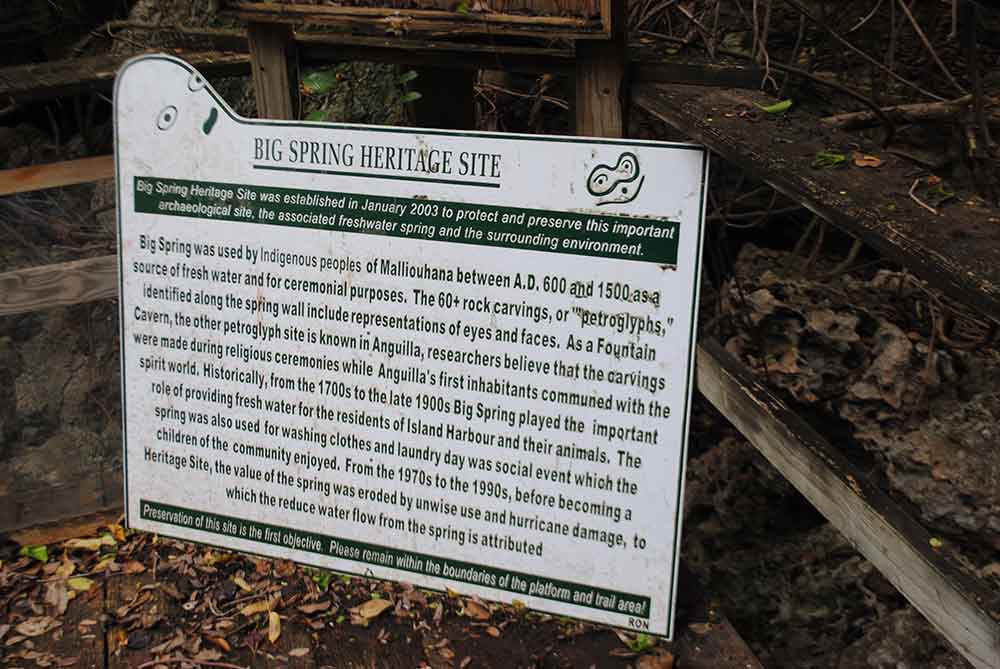
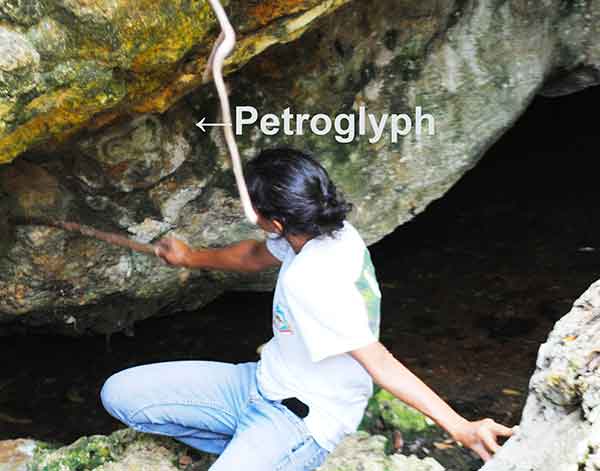
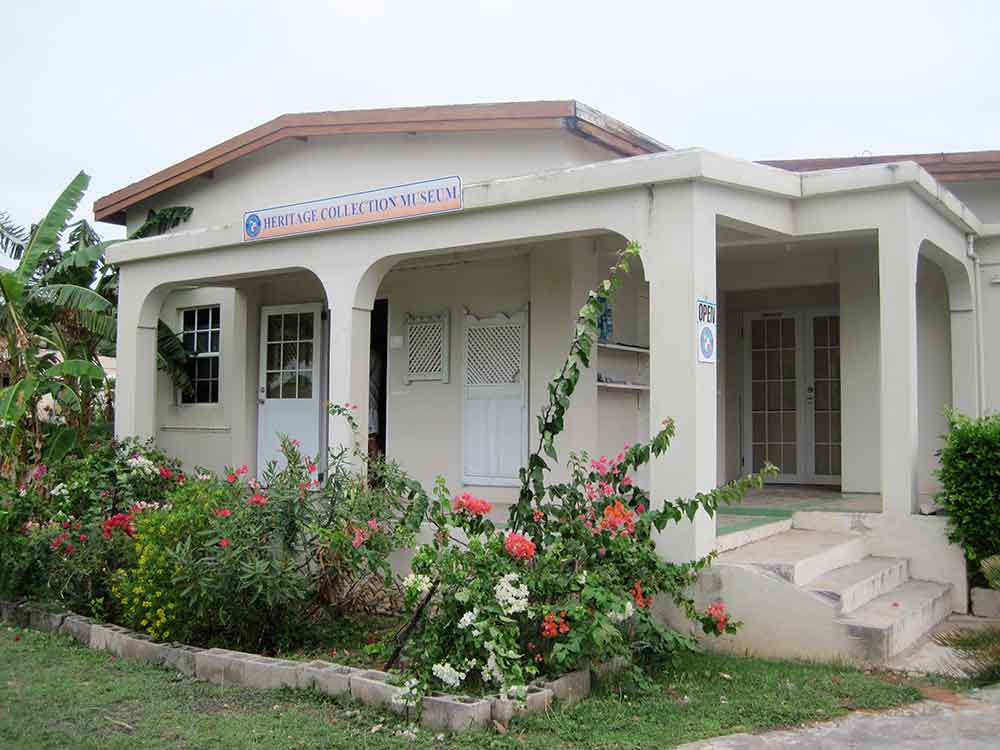
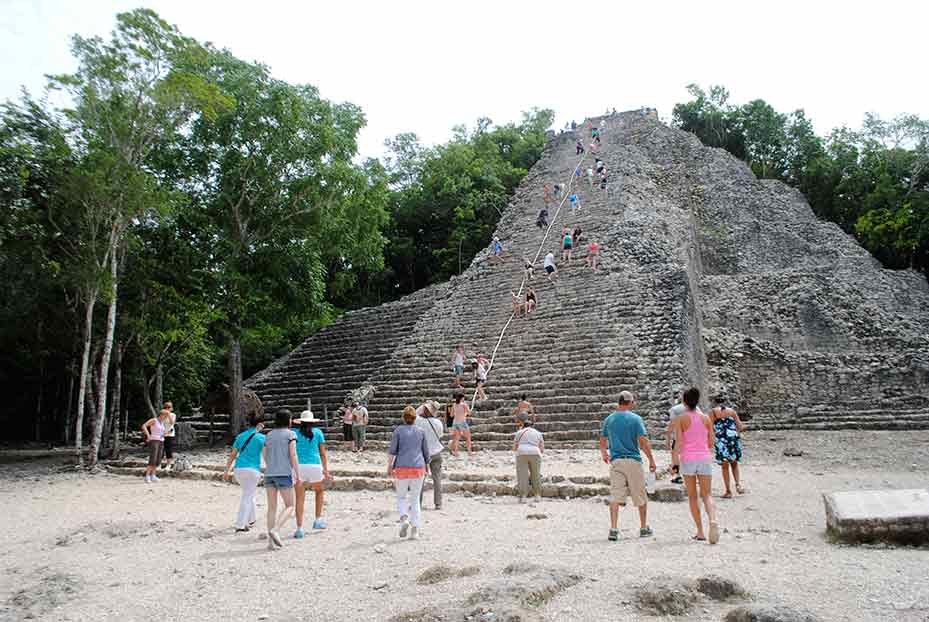
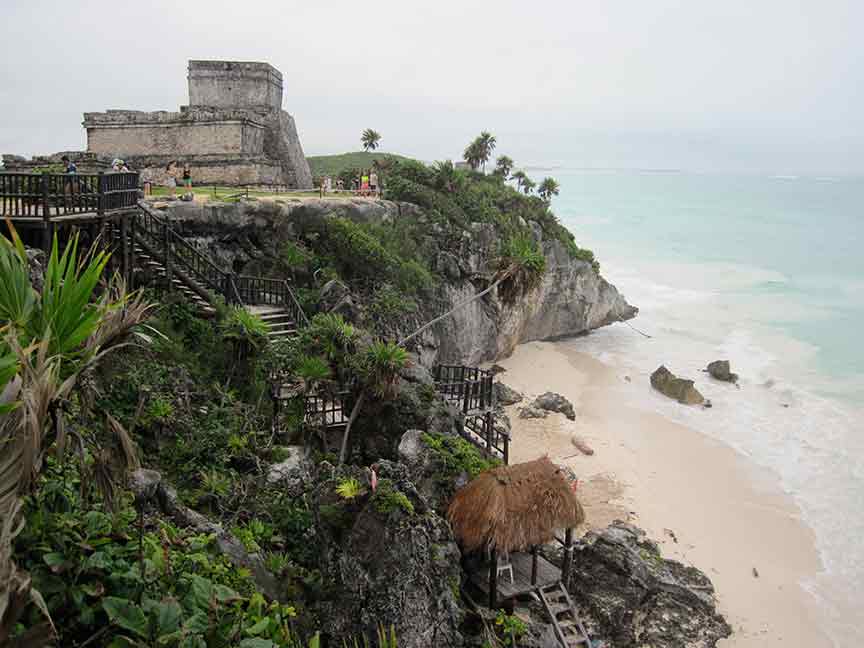
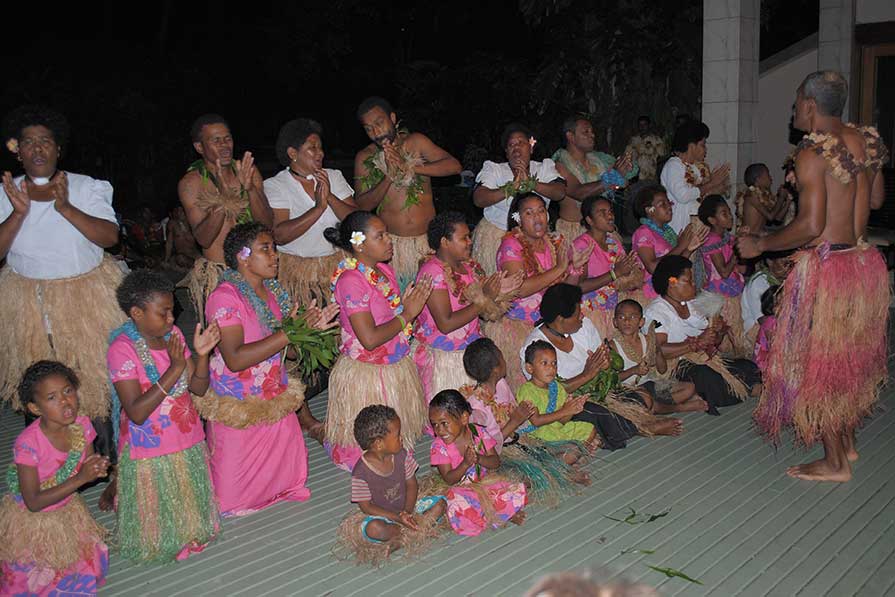
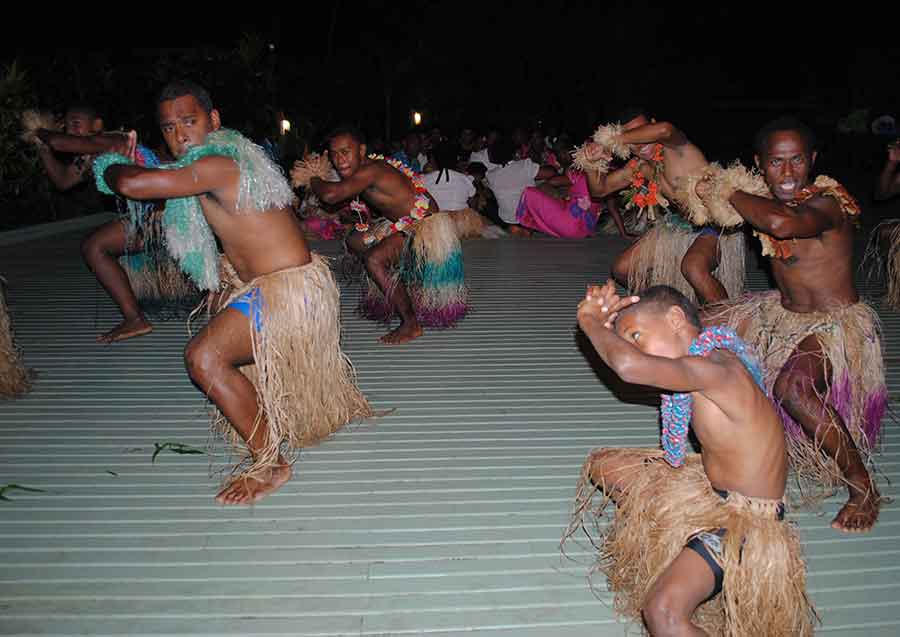
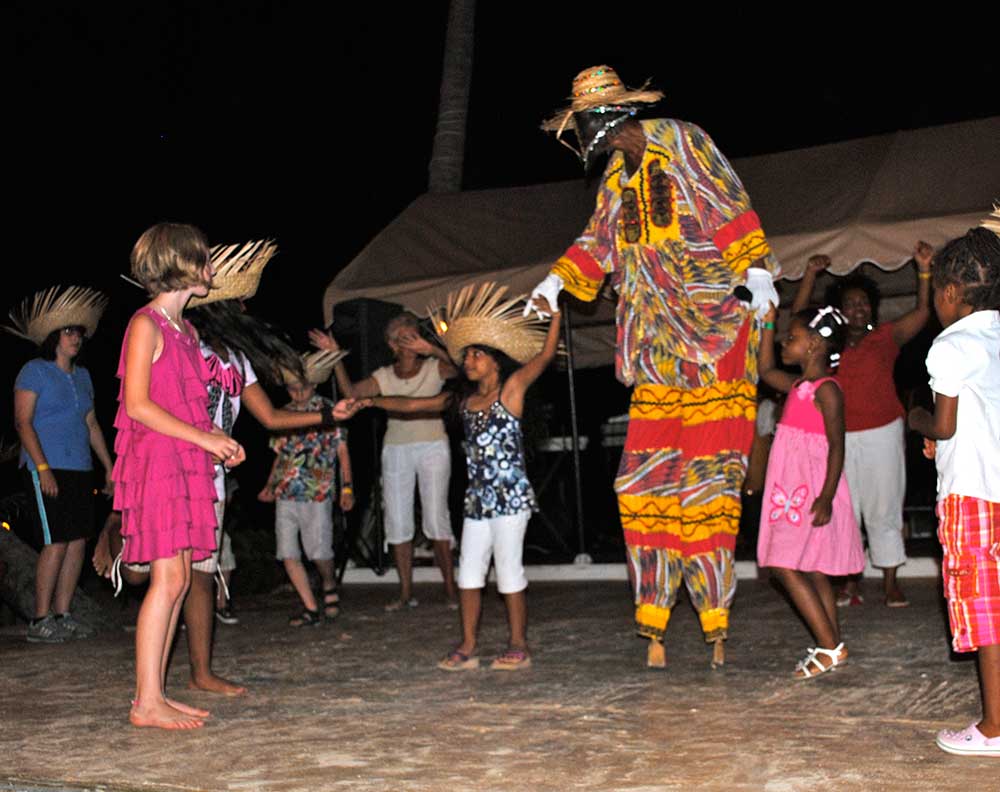
all very interesting and pretty pictures
It seems redundant to keep saying how beautiful your photos are, Debbie, but I am just blown away every time I look at them. The one of the view from the Kalinago Heritage Village is so magnificent that it’s almost other-wordly. And I agree completely with your comments about learning the history of destinations. It’s like being transported back to a different time and imagining meeting the characters.
Thank you, Jan! The views from the Kalinago Heritage Village were breathtaking, and learning about the indigenous people who live on the communal land was a living history lesson.
Tim would love visiting all of the historic sites. So many places that add to the beauty and diversity of this wonderful world. Thanks for letting us peak inside the window!
You would love them, too, Sharon, even if Tim is the history buff in the family! Thanks for commenting.
It’s always interesting to learn about the local culture. In Ubud, Bali, we especially loved watching the Balinese dance performances and learning about Balinese painting at the Neka Art Museum.
Janice and George, I always look forward to reading about your exotic travels on sandinmysuitcase.com. I would love to make it to Bali and other more distant destinations. The culture there is quite different from all I’ve experienced to date!
Pingback: How I display my sand collection and shells – Tropical Travel Girl